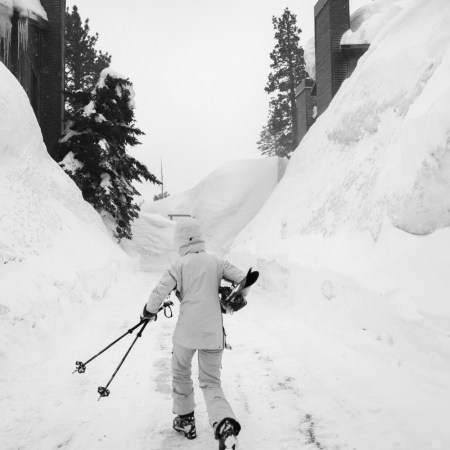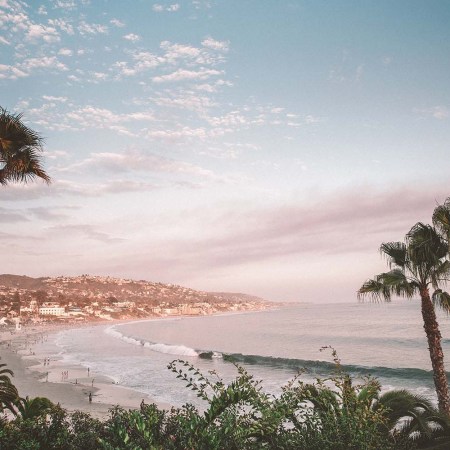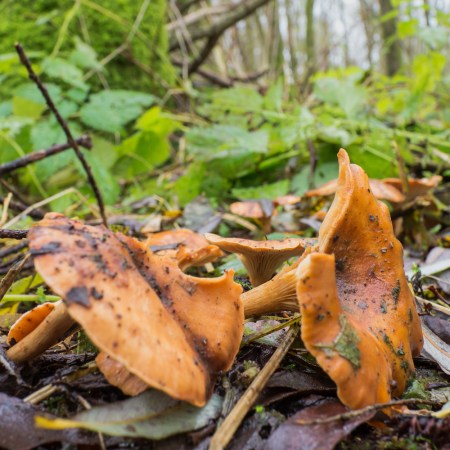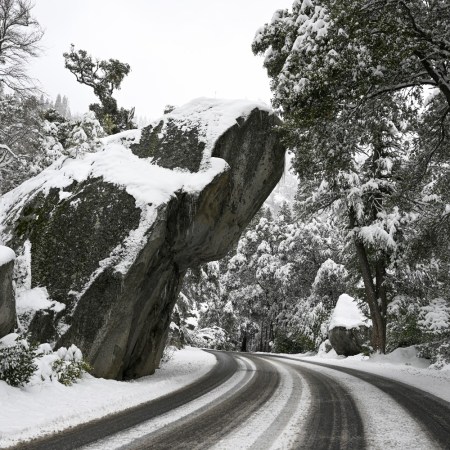Bad news if you planned to wait out the coronavirus epidemic in, say, D.L. Bliss State Park: California State Parks has just announced that all state campgrounds are closed.
Until today, individual parks could cancel special events and close “high public use indoor facilities” like visitor’s centers, museums and restrooms. Now, campgrounds from Tolowa Dunes State Park (in Del Norte County, just south of the Oregon border) to Silver Strand State Beach (just north of Mexico) are shut down as well.
If you’ve already paid for your spot, expect a refund. And if you still hope to find some solitude in the woods, well, good luck. State park trails — like those at many national parks — remain open, even as park rangers issue directives to stay six feet away from each other, even in the backcountry. (If you’ve been in an overcrowded park in the past 10 days, you may have properly classified this exhortation as “basically not happening.”)
In a situation mirrored by the general state of things — with state-level coronavirus efforts by governors like Andrew Cuomo of New York and Mike DeWine of Ohio outpacing federal direction — National Park superintendents have reportedly been dismayed by the lack of coordination from above. Park units in the now-sheltering-in-place Bay Area closed on Monday, including facilities and sites within the Golden Gate National Recreation Area like Alcatraz, the Lands End lookout and the visitor’s center at the Golden Gate Bridge.
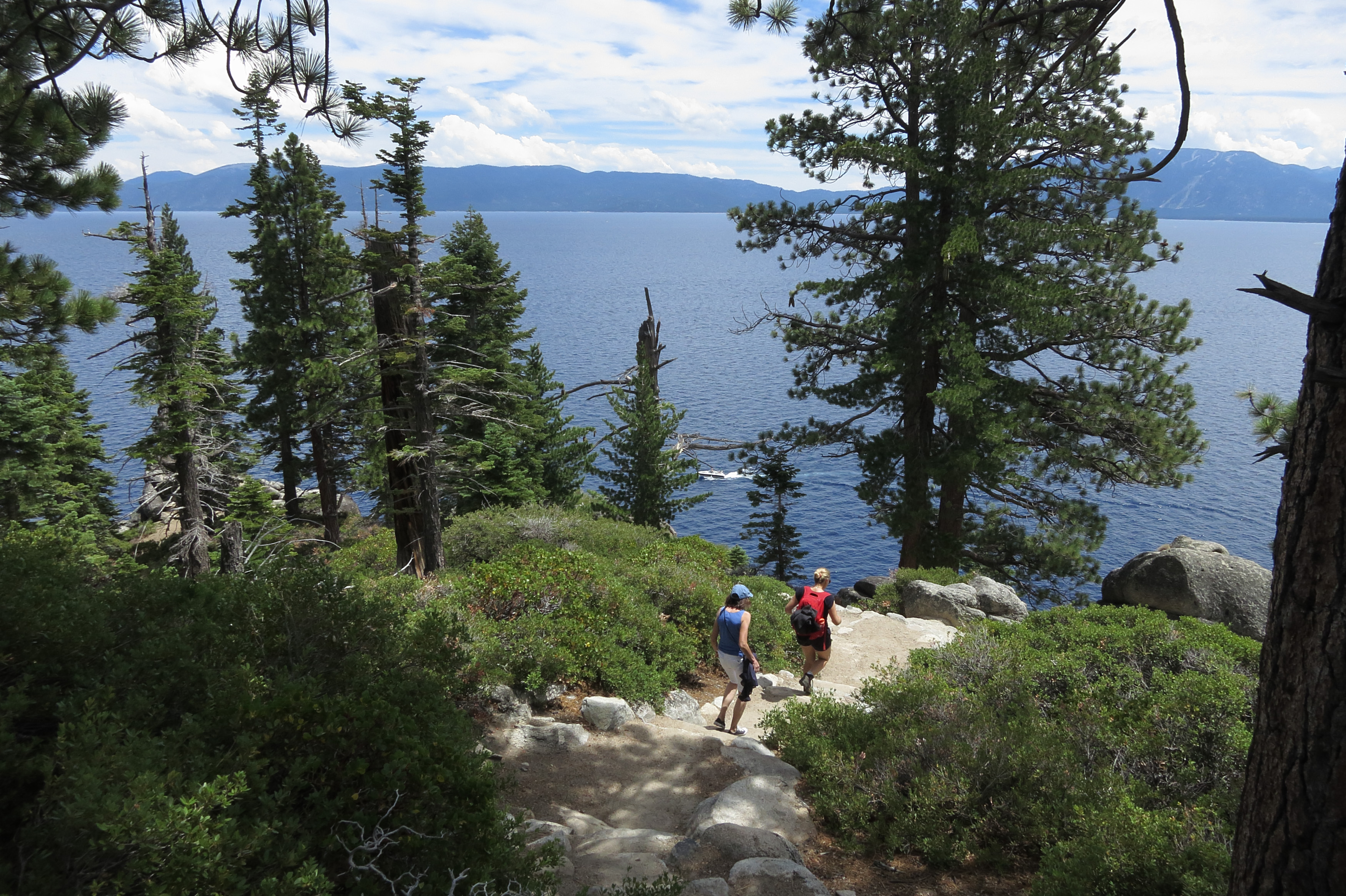
Earlier this week, National Parks Traveller reported on the “growing tension” between NPS staff and their overseers in D.C.: “David Vela, the Park Service’s deputy director who is its de facto director, told the superintendents that they don’t have discretion to close facilities if they deem them to be a health hazard to visitors or employees.” Then the National Park Service reversed course, permitting parks “to proceed with closings as they best see fit.” Soon after, Yosemite announced the closure of all restaurants, lodgings and visitors’ centers within the park, along with the end of shuttle service between park points, at least through March 31.
Other parks — from Haleakalā National Park in Hawaii to Great Smoky Mountains National Park in Tennessee — have acted similarly, with some facilities closed. Many others, though, are open for business, a hodgepodge situation that not everybody thinks is a great idea. Phil Francis, chair of The Coalition to Protect America’s National Parks, said in a press release that “to suggest to the public that gathering at national park sites is acceptable when gathering at restaurants, theaters, libraries, and other public spaces is no longer safe is irresponsible to the visiting public and employees.”
Provided you take the necessary precautions (stay at least six feet away from anyone you cross paths with, wash/sanitize your hands often and try to avoid using any public facilities), going for a hike or bike ride seems safe — for now. But you should avoid popular trails and parks, keeping in mind that the health of park staff takes priority over your cabin fever.
Related: Is It OK to Play Outside During a Pandemic?
For more travel news, tips and inspo, sign up for InsideHook's weekly travel newsletter, The Journey.

